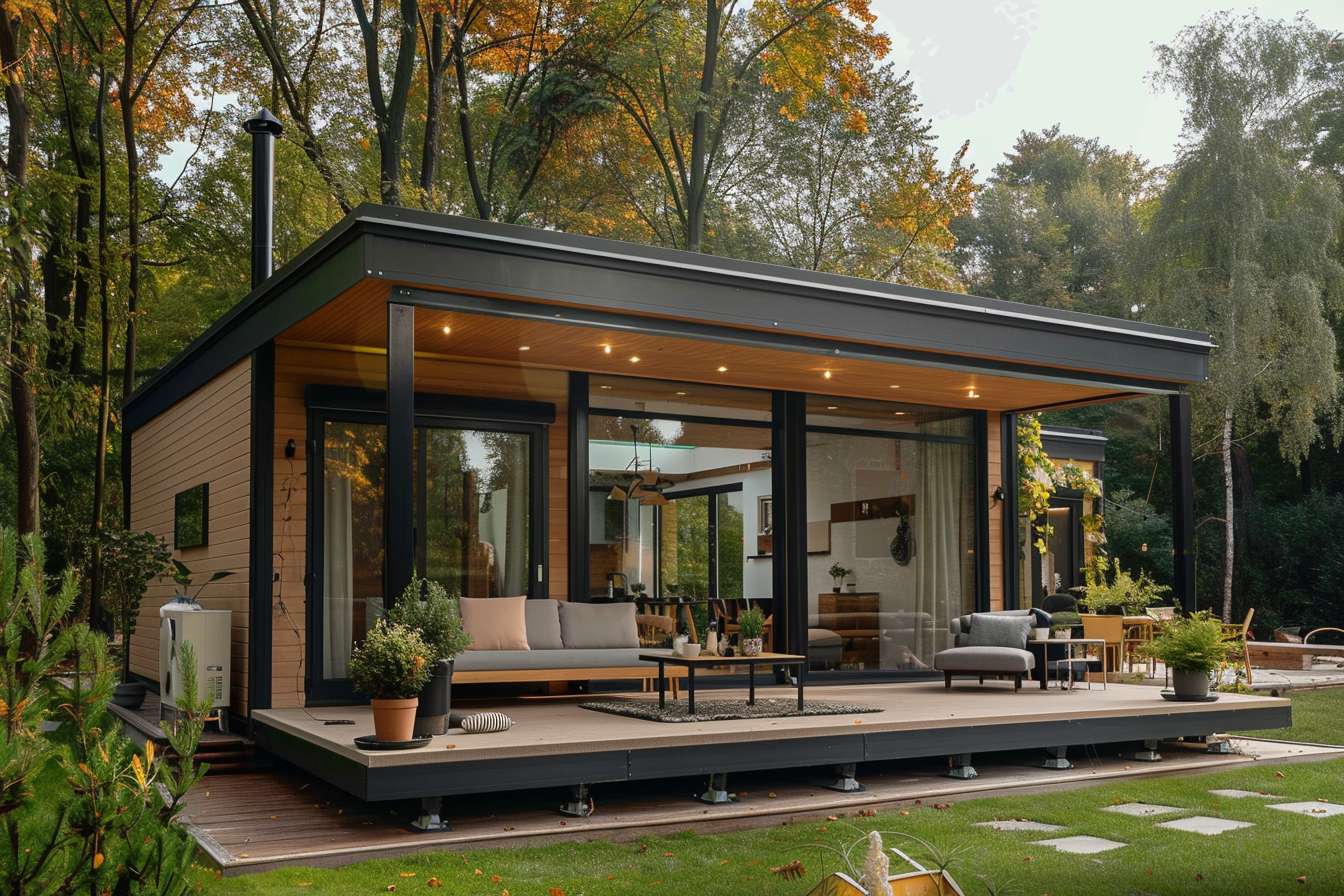Wabi-Sabi Aesthetics: Embracing Imperfection in American Home Design
The quest for perfection in home design often leads to sterile, uninspiring spaces. But what if embracing imperfection could create more soulful, lived-in interiors? Enter wabi-sabi, the Japanese philosophy celebrating the beauty of imperfection, impermanence, and incompleteness. This ancient concept is finding new life in American homes, offering a refreshing counterpoint to the polished perfection that dominates social media feeds.

The Essence of Wabi-Sabi in Home Design
Wabi-sabi finds beauty in the flawed, the weathered, and the modest. In home design, this translates to spaces that feel lived-in, organic, and deeply personal. Think handmade ceramics with visible brush strokes, weathered wood with prominent grain, and natural fabrics that wrinkle and fade gracefully. The goal is not to create a picture-perfect interior, but rather a space that evolves and tells a story over time.
This aesthetic celebrates the marks of age and use, viewing them not as flaws to be hidden, but as character to be highlighted. A leather armchair develops a patina from years of use, becoming more beautiful with each passing day. A wooden table bears the scars of family dinners and creative projects, each mark a testament to a life well-lived.
Natural Materials and Textures
At the heart of wabi-sabi design is a deep reverence for nature and natural materials. In American homes, this manifests as an increased use of raw, unfinished surfaces and organic textures. Rough-hewn wooden beams, stone flooring with visible imperfections, and hand-troweled plaster walls all embody the wabi-sabi spirit.
Designers are moving away from uniform, machine-made materials in favor of those that showcase natural variation. Handmade tiles with slight irregularities, linen upholstery that creases and wrinkles, and pottery with visible fingerprints all add depth and character to a space. These elements create interiors that feel grounded and authentic, offering a tactile experience that mass-produced items simply can’t match.
Simplified Color Palettes and Minimalism
While wabi-sabi isn’t synonymous with minimalism, it does share a preference for simplicity and restraint. In American homes, this often translates to pared-back color palettes inspired by nature. Soft, muted tones like warm greys, earthy browns, and gentle greens create a sense of calm and allow the textures and imperfections of materials to take center stage.
This doesn’t mean wabi-sabi interiors are devoid of color or personality. Rather, color is used intentionally and sparingly, often in the form of natural pigments or dyes. A vibrant indigo throw pillow or a rust-colored ceramic vase can provide a perfect counterpoint to an otherwise neutral space, creating depth and interest without overwhelming the senses.
Curated Imperfection and Thoughtful Arrangement
One of the most challenging aspects of incorporating wabi-sabi into American homes is the concept of curated imperfection. It’s not about creating a messy or cluttered space, but rather about thoughtfully arranging items in a way that feels natural and uncontrived. This might mean embracing asymmetry in furniture placement, displaying collections in an organic manner, or leaving negative space to allow individual pieces to breathe.
Wabi-sabi interiors often feature carefully chosen objects that hold personal meaning or tell a story. This could be a collection of smooth stones gathered from favorite beaches, a hand-me-down quilt with visible mending, or a cherished family heirloom displayed prominently despite its chips or cracks. The key is to create vignettes that feel authentic and evolve naturally over time, rather than static displays that never change.
Incorporating Nature and Seasonal Changes
A core tenet of wabi-sabi is an appreciation for the cycles of nature and the passing of time. In home design, this translates to interiors that change with the seasons and embrace the natural world. Large windows that frame changing landscapes, indoor plants that grow and evolve, and decor that shifts with the seasons all embody this principle.
American homeowners are increasingly bringing the outdoors in, not just through potted plants, but by incorporating natural elements like branches, dried flowers, and seasonal produce into their decor. These elements add life and dynamism to a space while reminding us of our connection to the natural world.
The Challenge and Appeal of Wabi-Sabi in American Culture
Embracing wabi-sabi in American homes isn’t without its challenges. In a culture that often equates newness with value and perfection with success, the idea of celebrating imperfection can feel counterintuitive. However, it’s precisely this contrast that makes wabi-sabi so appealing to many Americans seeking a respite from the pressure of constant perfection.
Wabi-sabi offers a different metric for beauty and value, one based on authenticity, history, and personal connection rather than flawlessness or trendiness. It encourages a slower, more mindful approach to home design, where spaces evolve organically over time rather than being made over completely every few years.
For many, this shift represents a welcome change from the constant churn of fast furniture and disposable decor. It aligns with growing concerns about sustainability and a desire for more meaningful consumption. By valuing items that age gracefully and improve with use, wabi-sabi encourages a more sustainable approach to home design.
As American homeowners and designers continue to explore and interpret wabi-sabi principles, we’re likely to see a rich tapestry of interiors that blend this ancient philosophy with contemporary American sensibilities. The result is homes that feel more personal, more comfortable, and more authentically lived-in – a perfect antidote to the often sterile perfection of the digital age.
In embracing wabi-sabi, we’re not just changing how our homes look; we’re shifting how we relate to our spaces and possessions. It’s an invitation to find beauty in the imperfect, value in the well-worn, and comfort in the authentically personal. As this aesthetic continues to gain traction in American homes, it offers a promising path towards creating spaces that truly reflect the messy, beautiful, imperfect nature of real life.





